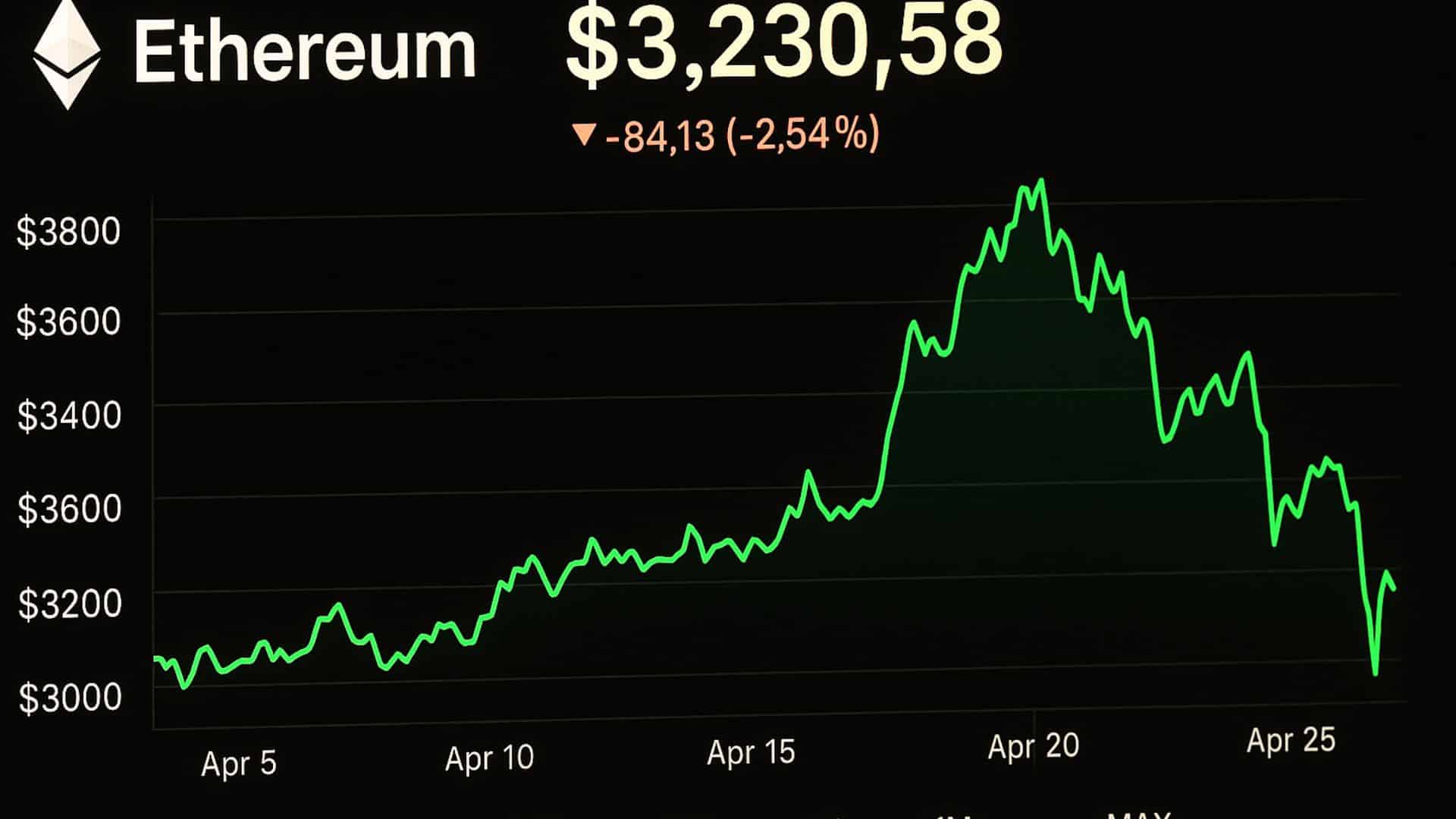In a sweeping set of proposals, Ethereum co-founder Vitalik Buterin is taking decisive steps to make the network more inclusive, secure, and efficient. Under the roadmap milestone dubbed “The Verge,” Ethereum is poised for one of its most transformative overhauls yet.
Central to this vision is enhancing Ethereum accessibility, enabling users to run full nodes with minimal hardware, participate in staking more easily, and enjoy faster, cheaper transactions.
This bold push isn’t just technical, it’s philosophical. Buterin wants Ethereum to be accessible to everyone, not just tech-savvy elites or wealthy investors. Let’s unpack the changes and their significance for Ethereum’s future.
Making Nodes Lightweight: Stateless Verification
One of the key innovations in the upgrade is stateless verification, a concept that could redefine who can operate an Ethereum node. Currently, running a node requires storing the entire blockchain—a daunting task for most. Stateless clients would eliminate this burden, allowing any user to validate blocks without needing full data storage.
“This makes Ethereum nodes as easy to run as a mobile app,” Buterin noted during a recent developer call.
The implications for Ethereum accessibility are massive. With stateless verification, people in lower-resource settings or using mobile devices can become active participants in the network’s decentralization.
Future-Proofing with Quantum Resistance
With quantum computing on the horizon, Ethereum is already planning defenses. One proposal includes using STARK-based binary hash trees, which offer robust protection against quantum attacks. While still theoretical, implementing this level of foresight will ensure that Ethereum accessibility doesn’t become compromised by future security threats.
Multidimensional Gas Fees (EIP-4762)
Ethereum’s gas fee system has long been criticized for being confusing and costly. With EIP-4762, the network will adopt multidimensional gas pricing, breaking down fees into components: computation, storage access, and call data.
This model will provide clearer expectations for users and create incentives for developers to write more efficient code—making transactions not only faster and cheaper but enhancing Ethereum accessibility by lowering costs for all users.
Single-Slot Finality: Real-Time Confidence
Ethereum currently finalizes transactions over several minutes. With the introduction of single-slot finality, that time will shrink to about 12 seconds. This will provide quicker confirmations, reducing uncertainty and improving user experience across wallets, exchanges, and dApps.
“We want Ethereum to feel instant,” Buterin said. “That’s how we push Ethereum accessibility forward.”
Lowering the Staking Barrier
Another cornerstone of the upgrade is reducing the minimum staking requirement from 32 ETH to just 1 ETH. This dramatic change is aimed at empowering a wider user base to become validators, helping to decentralize the network and enhance Ethereum accessibility.
| Metric | Current | Proposed |
|---|---|---|
| Minimum Stake | 32 ETH | 1 ETH |
| Annual Yield | ~4.5% | TBD |
| Validators Needed | 800k+ | More inclusive |
Stronger Security with Secret Leader Elections
Security remains a top priority. Ethereum plans to implement single secret leader election, keeping block proposers anonymous until the last second to prevent targeted attacks. This will make the network more robust and trustworthy, reinforcing Ethereum accessibility through safe participation for all.
Conclusion
Vitalik Buterin’s proposed upgrades could redefine Ethereum in ways that make it vastly more inclusive. From low-resource node operation and cheaper gas fees to reduced staking requirements and enhanced security, the shift is clearly in favor of democratization.
If successful, these changes will take Ethereum accessibility from a theoretical goal to a lived reality for millions.
Follow us on Twitter and LinkedIn, and join our Telegram channel for more news.
FAQs
1. What is Ethereum accessibility?
It refers to how easily individuals can participate in the Ethereum network, regardless of technical knowledge or financial resources.
2. What are Verkle trees?
They are cryptographic structures that enable smaller, more efficient data proofs, essential for stateless clients.
3. How will the gas fee changes help users?
EIP-4762 separates fees into categories, making them more predictable and equitable.
4. What is single-slot finality?
A proposed mechanism that finalizes blocks within one 12-second slot, speeding up transaction confirmations.
5. Why is reducing staking requirements important?
It enables more users to help secure the network and earn rewards, increasing decentralization.
Glossary of Key Terms
-
Ethereum Accessibility: The ease with which anyone can interact with and contribute to the Ethereum network.
-
Stateless Verification: Validating transactions without needing to store the entire blockchain.
-
Verkle Trees: A compact cryptographic tree structure that reduces data overhead.
-
EIP-4762: An Ethereum proposal to introduce multidimensional gas pricing.
-
Single-Slot Finality: A consensus mechanism that finalizes blocks in 12 seconds.















































































































